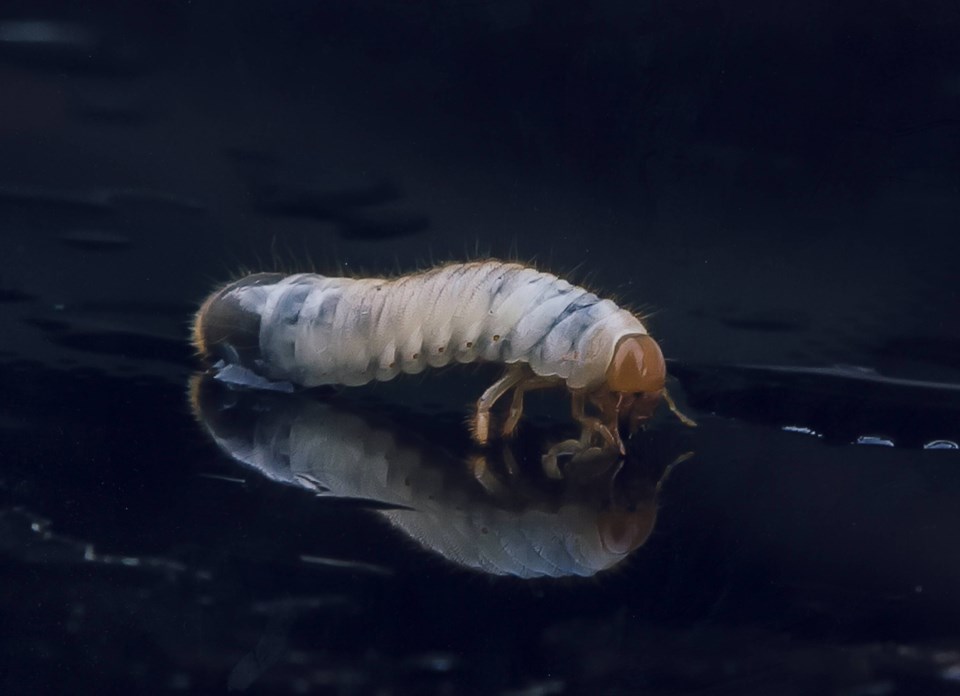Question:
We have a European chafer beetle infestation at my son’s property in New Westminster. I am scheduled to pick up a package of nematodes at a garden centre, which has not been particularly helpful in answering my questions. There are plans to implement Schedule 3 water restrictions in New Westminster this weekend. It would seem unproductive to apply the nematodes now. How long can nematodes survive in the fridge? Can nematodes be applied in the fall? And what month?
Ed,
Tsawwassen
Answer:
When I used nematodes (against the black vine weevil) instructions came along in the package. It warned nematodes are perishable living things and two weeks was said to be the limit of time they could spend in the refrigerator.
It appears that city staff are aware that nematodes are a special case since the City of Vancouver mentions that under Schedule 2 sprinkling for nematodes is allowed providing a water exemption permit is obtained and displayed on the lawn.
But this leniency vanishes under Schedule 3 when no lawn sprinkling is allowed anywhere, no further permits will be given and permits previously issued are not valid.
Apparently engineering departments are the ones to contact on water issues in areas of Metro Vancouver. You might talk to them about your case.
Under Schedule 3 in the GVWD Water Shortage Response Plan, any watering of flowers, vegetables, planters, shrubs and trees must be done by hand using a spring-loaded shut-off nozzle. Nematode lawn treatment is not mentioned.
Grey water is always allowed under Schedule 3 in any conditions.
This means scooping water out of baths, shutting drains while you have showers so water builds up – and filling watering cans from any sources at home where water would otherwise go down the drain.
The lawn being treated with nematodes should at least be moistened before applying them and again afterwards for two or possibly three days. Instructions with your package should clarify this further.
The nematodes will need to be mixed with water and stirred now and then as you sprinkle them on. Because nematodes are very tiny worms, they need to directly contact the soil. Fall treatment wouldn’t work. Mid-July to the end of the month is most effective because this is when chafer larvae hatch and are still close to the surface of the soil within reach of the nematodes.
By August, the larvae are bigger and have gone down deeper.
Question:
How much water should a person give potato plants? I don’t want to give them too much because of rot. But my soil is so sandy and they dry out and droop in this heat.
Pat,
Langley
Answer:
The usual amount is an inch of water a week, but because you have sandy, well-drained soil and we’re having a very hot summer, I’d give them two inches. Under present circumstances, grey water would be best.
It’s important to avoid wetting the foliage, if possible. Wet foliage encourages late blight.
Watering is most important in the early stages of potato growth. You might check whether your potatoes truly need watering or do they droop under hot sun but recover after the sun goes down and temperatures cool.
Send questions to [email protected].



